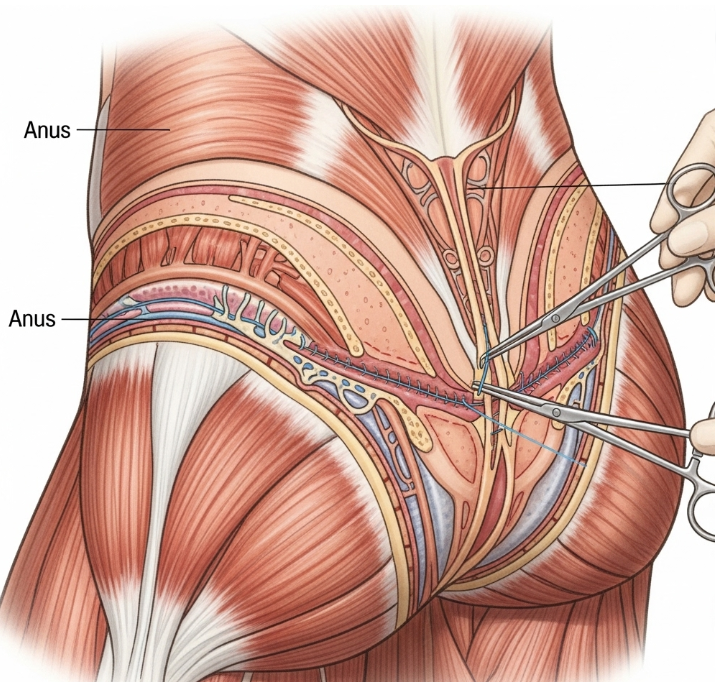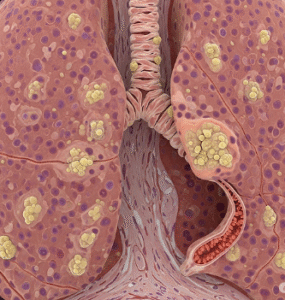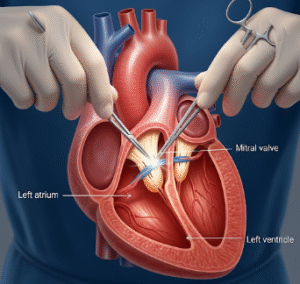What It Is
Perineoplasty is a surgical procedure that reconstructs and tightens the perineum, the area between the vaginal opening and the anus. The perineum can become weakened, stretched, or torn due to childbirth, trauma, aging, or previous episiotomy. Perineoplasty restores function, appearance, and muscle support in this region, often improving both aesthetics and sexual satisfaction.
In Korea, perineoplasty is performed with microsurgical precision, advanced suturing, and tissue-sparing techniques, ensuring minimal scarring and natural-looking results.
Why It’s Done
Patients undergo perineoplasty because:
- Childbirth or tearing caused looseness or scarring of the perineum.
- They want to restore tightness and firmness to the vaginal entrance.
- Scarring or deformity from past episiotomy or trauma causes discomfort.
- They want to enhance aesthetic appearance and sexual function.
Good candidates include:
- Women with stretched or weakened perineum after childbirth.
- Patients with scar tissue from episiotomy or trauma.
- Those in good health with realistic expectations.
Alternatives
- Pelvic floor exercises (Kegels): Helpful for mild laxity but limited in severe cases.
- Laser or radiofrequency tightening: Non-surgical alternatives for mild cases.
- Vaginoplasty: For patients needing deeper vaginal canal tightening rather than perineal focus.
Preparation
Before perineoplasty in Korea, patients will:
- Undergo consultation and physical examination with a gynecologic or plastic surgeon.
- Stop smoking and alcohol 2–4 weeks before surgery.
- Avoid blood-thinning medications and supplements.
- Plan for 1–2 weeks of recovery with activity restrictions.
How It’s Done
- Anesthesia: Local anesthesia with sedation or general anesthesia.
- Incisions: Small incisions are made at the perineal region.
- Muscle tightening: Weakened perineal muscles are sutured and reinforced.
- Excess tissue removal: Loose or scarred tissue is excised for a smoother appearance.
- Closure: Fine dissolvable sutures are placed for minimal scarring.
- Duration: 1–2 hours, usually outpatient.
Recovery
- First week: Swelling, bruising, and mild discomfort are common; cold compresses and ointments help.
- Return to activities: Light duties in 3–5 days; avoid sexual activity, tampon use, and strenuous exercise for 6–8 weeks.
- Final results: A firmer, more youthful perineum achieved within 1–2 months.
Possible Complications
- Swelling or prolonged soreness.
- Infection or delayed healing.
- Scarring or asymmetry in the perineal region.
- Over-tightening causing discomfort during intercourse.
- Rare risks: bleeding or anesthesia-related issues.
Treatment Options in Korea
Diagnosis
Korean surgeons use physical examination, imaging if needed, and patient consultation to determine the severity of perineal damage and plan reconstruction.
Medical Treatments
- Pelvic floor therapy or non-surgical tightening for mild cases.
Surgical or Advanced Therapies
- Perineoplasty alone for perineal tightening and scar removal.
- Perineoplasty with vaginoplasty for combined internal and external tightening.
- Combination with labiaplasty for complete aesthetic and functional rejuvenation.
Rehabilitation and Support
- Post-surgical care with hygiene instructions and topical treatments.
- Scar management with silicone gels or fractional laser if needed.
- Long-term follow-ups to ensure function, healing, and patient satisfaction.
- International patients benefit from Korea’s advanced gynecologic surgical expertise, refined techniques, and discreet aftercare services.













